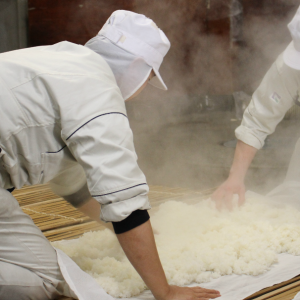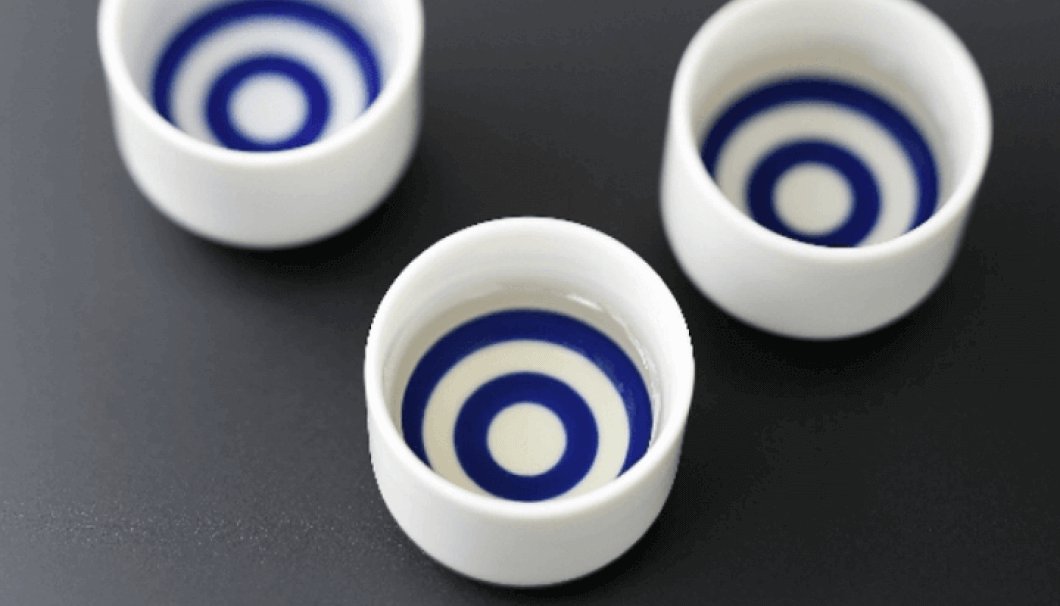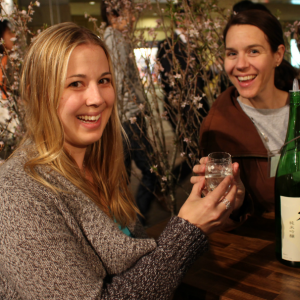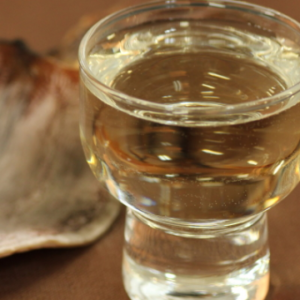
When enjoying sake at a Japanese restaurant or brewery, sake fans may have noticed two concentric blue circles at the bottom of their cup. These circles are known as “janome.” They’re not just decorative and could help modern drinkers better enjoy their next sake.
What is janome?
Janome literally means “snake’s eye” in Japanese. True to its name, the pattern represents the eyes of a snake. In the past, the same pattern has featured on Japanese paper umbrellas and other items.
To give an example, the Japanese nursery rhyme Amefuri, meaning “rainfall,” contains the following lyric: “Rain, rain / Fall, fall / Hurray, my mom has come to meet me with her janome.” The janome in the rhyme refers to a paper umbrella bearing the snake’s eye pattern. Although the word janome is not commonly used with this meaning in modern-day Japan, in the past it would have been widely understood.
The function of janome
Janome is not merely a decorative addition to a sake cup; it has a practical role to play.
When tasting a sake, a professional sommelier will rate the brew not only on its flavor and aroma, but also on its color. The blue circles on a white background help with this task.
By focussing their eye on the border separating the white and blue sections of the cup, the sommelier can better judge the color of the sake. A yellow or dark brown color suggests a mature sake with deep flavor, whereas clear, blue-tinged sake tends to be young and refreshing.
A unique symbol of sake
The Janome pattern started off as a practical tool to help sake professionals assess the quality of a brew. The symbol is now commonly found on sake cups used by ordinary consumers. The next time you see a cup with these markings, try using them to focus on the color, and imagine what the sake will taste like before drinking.
*If you would like us to send you monthly updates and information, register here.





Comments